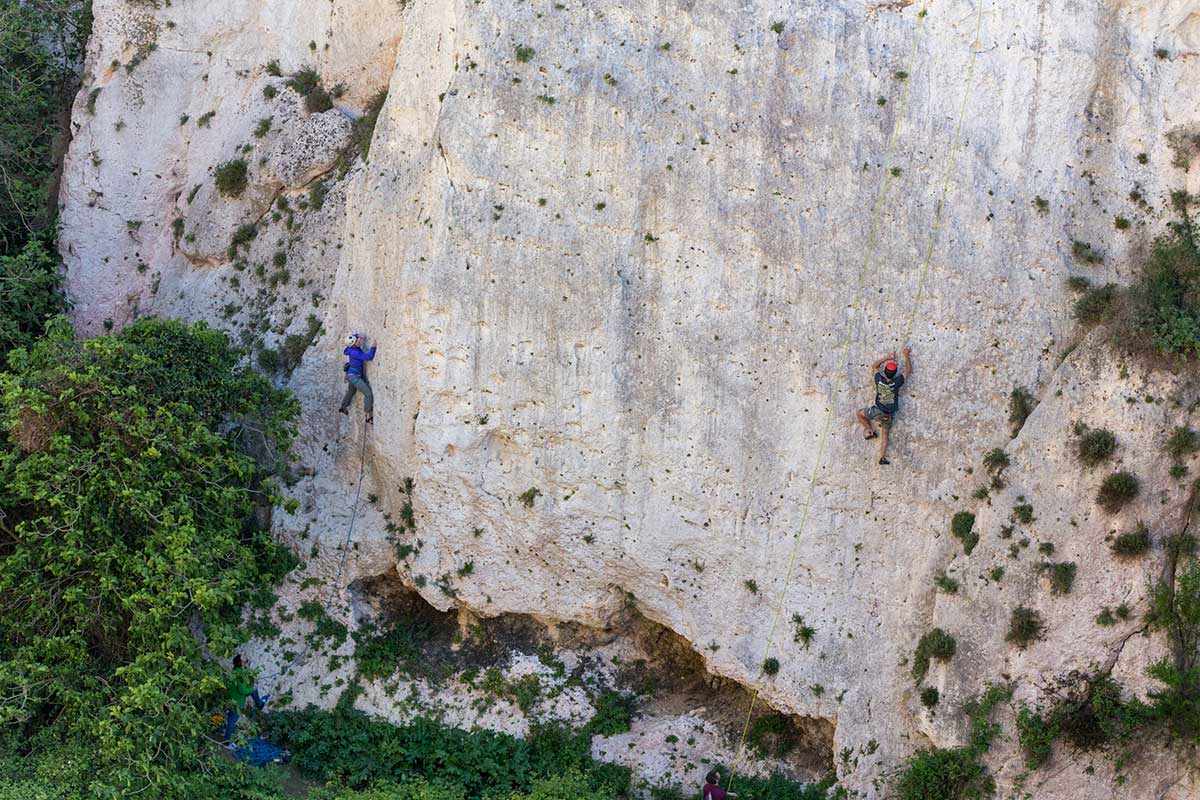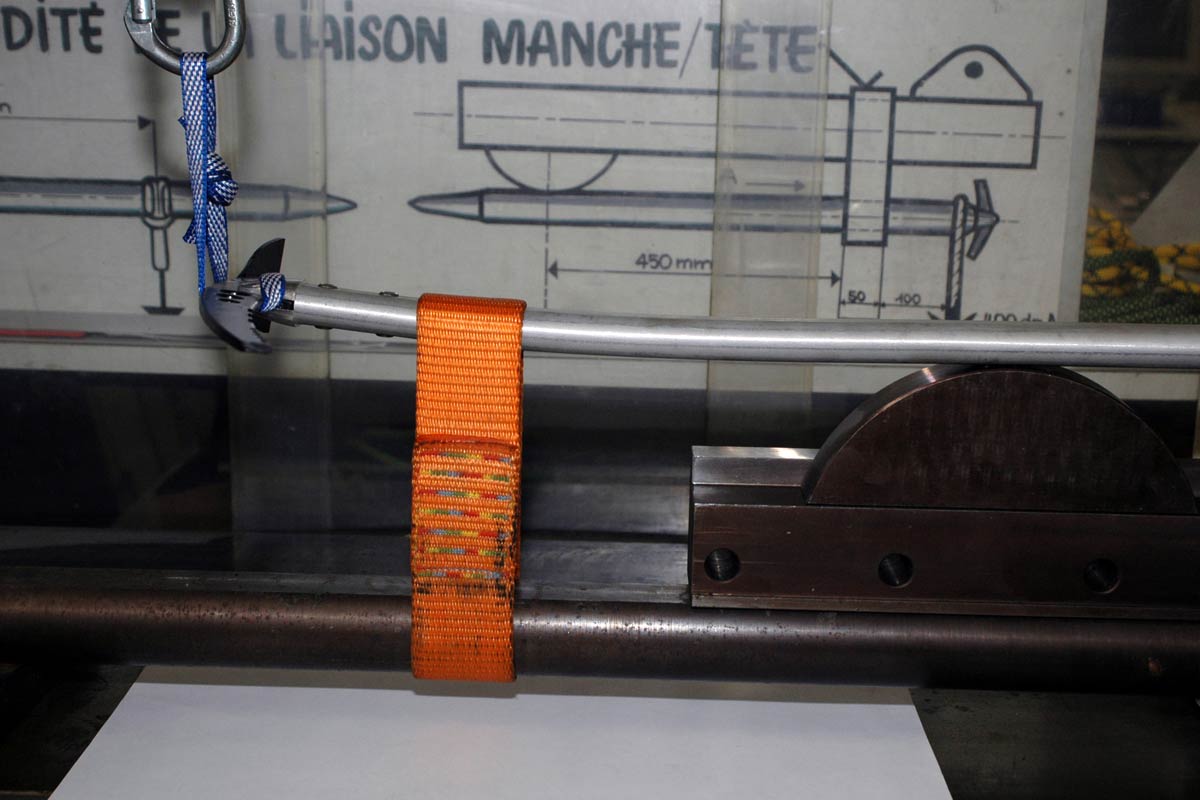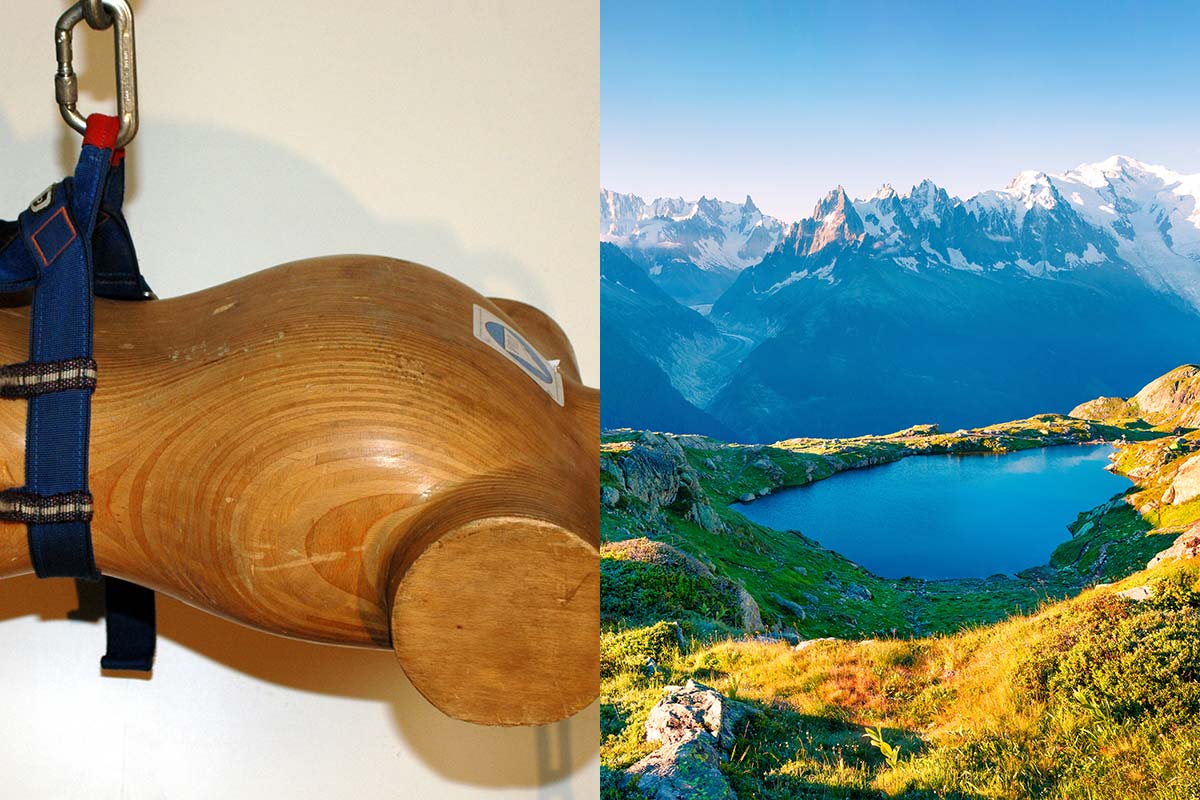Following an internal Commission session in May, the UIAA Safety Commission (SafeCom) held its traditional two-day annual meeting on 8-9 June. The online (plenary) sessions welcomed nearly 50 participants including many industry leaders – representatives from major climbing gear and equipment manufacturers (UIAA Safety Label holders) and accredited UIAA testing laboratories as well as delegates from the UIAA Executive Board, the International Slackline Association (ISA) and the International Commission for Alpine Rescue (ICAR).
Events were well attended and allowed Working Groups (WGs) to further and revive progress on key projects. Following the success of the two days of discussions, the decision was taken to organise more regular online meetings of the plenary group in the future (alongside the annual in-person meeting).
DAY 1 – METAL PARTS
- Updating the UIAA Standards with a new comparison chart for UIAA and EN standards will be followed up together with the development of new pictorials for UIAA Standards. This is a step by step process, but should be finished by 2021.
- The Anchor Corrosion WG will be shortly able to complete its work and set a new Standard to be voted on by the plenary group. The hope is to have the standard finished and ready for voting by the autumn of 2020.
- Consistent terminology has now been defined for breaking devices according to UIAA 152 and EN 15151. The CEN working group has also developed the term ‘’Manually braking device with partially assisted locking’. This third category should be adopted soon, when the associated tests are finalised.
- Probes: the WG first presented its findings in June 2017 in the Netherlands, and after more WGs and lab tests again in June 2018. There have been some delays but the WG is ready to return to work. The main targets for testing:
- To have probes stiff enough (to perform) and
- To have the probes unbroken
- The ISMF (International Ski Mountaineering Federation) has also created a Standard for probes. This Standard has a different target than the one planed for the UIAA Standard. The UIAA Standard will be specified for companion rescue. More points are still open for discussion and will be presented in an autumn online meeting.
- Snow Shovels: a WG will review tests for this Standard and a new WG leader has been assigned. More information will follow in the autumn.
- Carabiner Type K tests continue to be a topic of conversation. The Commission agreed that having a K test obliges the manufacturer to think about the bending of a carabiner making the end component safer for the user. Three important parameters for testing for the K type carabiner are speed, tilt and angle. A WG will continue discussions.
- Auto belays: the DAV (German Alpine Club) delegate to SafeCom – Christoph Hummel/Corresponding Member – informed the Commission about the recommendation of Vertical Group 11 (European Test Center Group for PPE against falls from a height) for auto-belay devices in climbing gyms. Auto-belay devices previously offered on the market were approved as restraint systems according to the standard EN 341:2011-09 and not tested as multi-use equipment (as used in climbing gyms). As there is no independent standard for auto-belay devices, Vertical Group 11 has recommended in RFU PPE-R/11.128 that the test requirements from EN 314 for Class A be increased ten times. This way the devices will meet requirements for continuous operation in climbing gyms. The DAV will soon send a communication to all of its climbing gyms recommending they use equipment that has been tested to the higher requirements according to RFU PPE-R/11.128 only.

DAY 2 – TEXTILES
- UIAA 101 (Dynamic Ropes): British Mountaineering Council (BMC) representatives raised the topic of the averaging of the rope diameter and if this could cause a problem for the end user when they want to select a belay device. As ropes, by nature, have a diameter tolerance it was agreed that the problem was not with the Standard. It was decided to also address this issue with the UIAA Training Standard Panel.
- New WGs discussed their ideas for Standards for trekking poles, static ropes, rigging plates and prusiks. All WGs will continue through 2020. Regarding the Prusik Standard questions were raised about continuing this work as there are many factors influencing the braking efficiency and therefore the results. The Commission decided to continue to pursue the Standard in order to ensure the maximum safety of the end user.
- Helmet Rim Impact: After six years of testing side, front and back impacts to the helmet, a few more round robin tests should help this Standard come to its final conclusion. Results will be available in the autumn.
- Sharp edge test for Standard 101: Edelrid has been working on finding a testing procedure that would be used for all textiles and be able to provide climbers with information about where on a relevant safety scale their rope system ranks in terms of cut resistance. The testing equipment presented was very interesting and a WG subsequently created to continue defining this equipment.
- Canyoning harness: the alert published by the UIAA Safety Commission was discussed. A WG was set up to look more into why some canyoning harnesses were failing.
- Water repellency: it was decided by the plenary to look at other products than dynamic rope for testing water repellency.
- ISA UV updates: the project is to carry out an extensive study on the degradation of webbing due to exposure to UV radiation and weather influence. Webbing will be exposed to the weather and the sun for a total of three years in three distinct locations around the world. The project is underway, results will be detailed soon.
- EAS Via Ferrata. The plenary was informed about the CEN WG progress, where tests were made to compare a free fall mass with the actual method of guided mass within the Dodero machine. The results are promising and the next step is to compare new free fall test results of the same product between several laboratories to ensure consistency.

The UIAA thanks all manufacturers and accredited labs who worked on the testing of equipped throughout the year. Their commitment to the process is of the utmost important for the safety of the global climbing community.
It was suggested that the next in person meeting would coincide with a UIAA Ice Climbing World Cup. The Safety and Ice Climbing Commissions have in the past worked together on projects for the safety of the sport and its athletes. The Commission looks forward to this event during the 2021 season (most likely in January 2021). The next online meeting is scheduled for 9-10 November.



